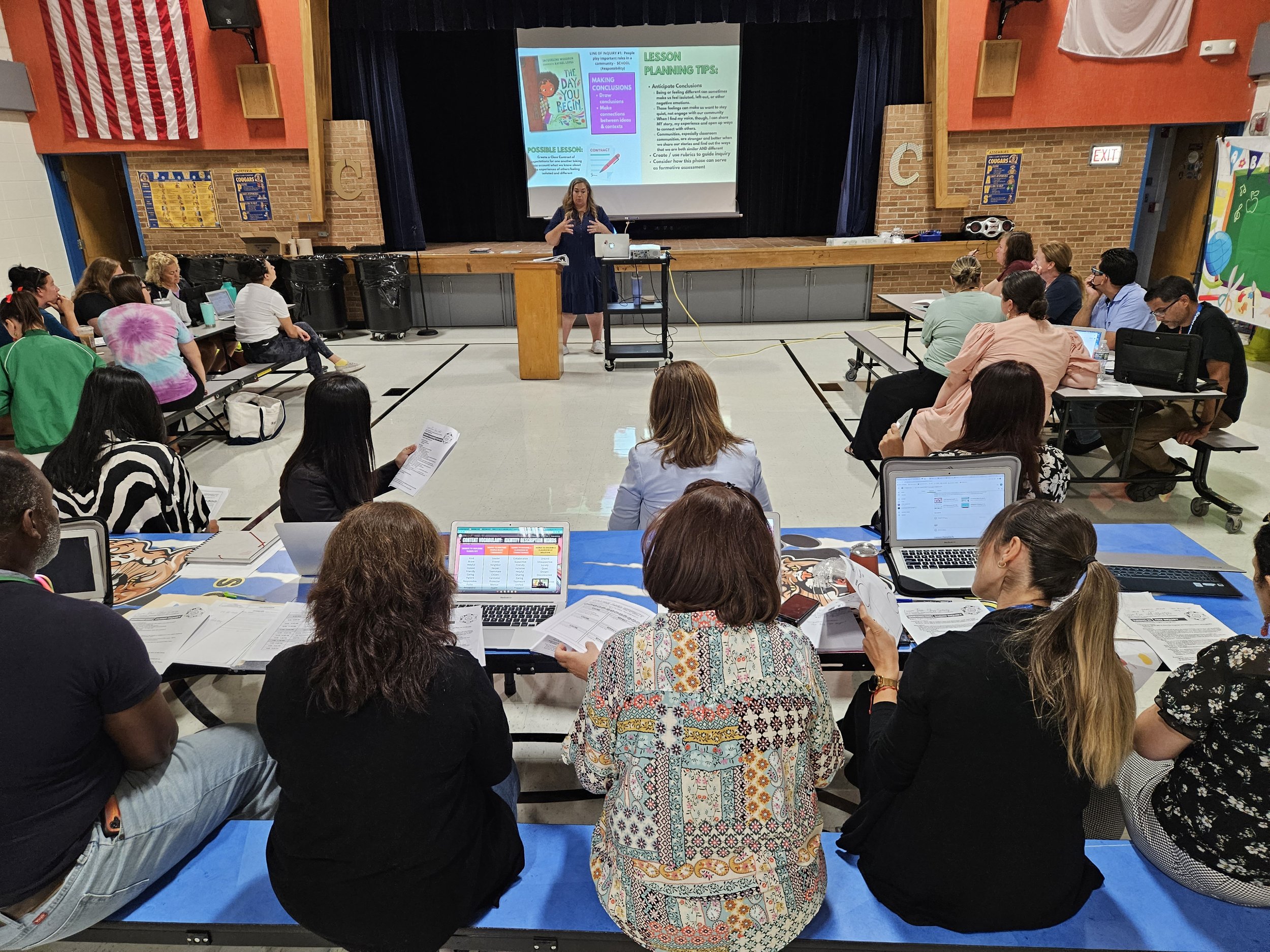
Adventurous Teaching
STARTS HERE
There is this wild thrill that happens both when traveling and when in the classroom: getting lost.
Whether I’m starting a new unit on Macbeth or trying to figure out which train to board that will get me to Machu Picchu, I’ve always felt excitement at the precipice of the unknown.
I’ve traveled the world inside and outside my classroom and it is my mission to help teachers discover the road to truly excellent teaching.
About amanda cardenas
Golden Apple Scholar
13-year English teacher in suburban Chicago
Experience in EL self-contained, co-taught English, AP Language, and all gen-ed 9-12
Staff Development Leader
BA, English | MA, Curriculum & Instruction
CEO at Mud and Ink Teaching®
GET THE PD THAT YOU NEED
Ready to take your instruction and curriculum design to the next level? From department-wide solutions to 1:1 coaching, I will help you on your next adventurous teaching journey.
What teachers HAVE TO SAY about Professional Development with Amanda:
“Such a great and informative time shared with Amanda! The format of her workshop allowed for take-aways, reflection, and planning. Educator led and it showed!”
“Amanda gets it. She offers valuable advice because she was a teacher once upon a time. She truly understands the difficulties of teaching, and she has a plethora of useful teaching tips that can be implemented tomorrow.”
“It was amazing to see a whole district of teachers engage in a way that I have not seen before!”
ON THE BLOG
LET’S GET ON THE ROAD:
Where will your next adventurous teaching journey take you?
-
Improve critical thinking, instruction, equitable opportunities, and assessment by tackling a curriculum overhaul.
Listen to Brave New Teaching Episode 65: The Case for Inquiry
Read about how to write engaging essential questions
Grow your skills by taking the Essential Question Expert Masterclass
-
Participate in one-of-a-kind virtual training on teaching Shakespeare and teaching Dystopia
Watch Amanda perform a rhetorical analysis close reading of Julius Caesar Act 2 Scene 1 or the song “The Other Side” from The Greatest Showman
Learn how Amanda uses The Big Six poetry analysis tool and then use it with one of these 30 poems
-
Reevaluate your department’s path toward an equitable approach to texts across grade levels
Check out these LatinX poets and layer them into your curriculum this year
Explore a giant list of international texts to consider for your next literature circle or world lit course
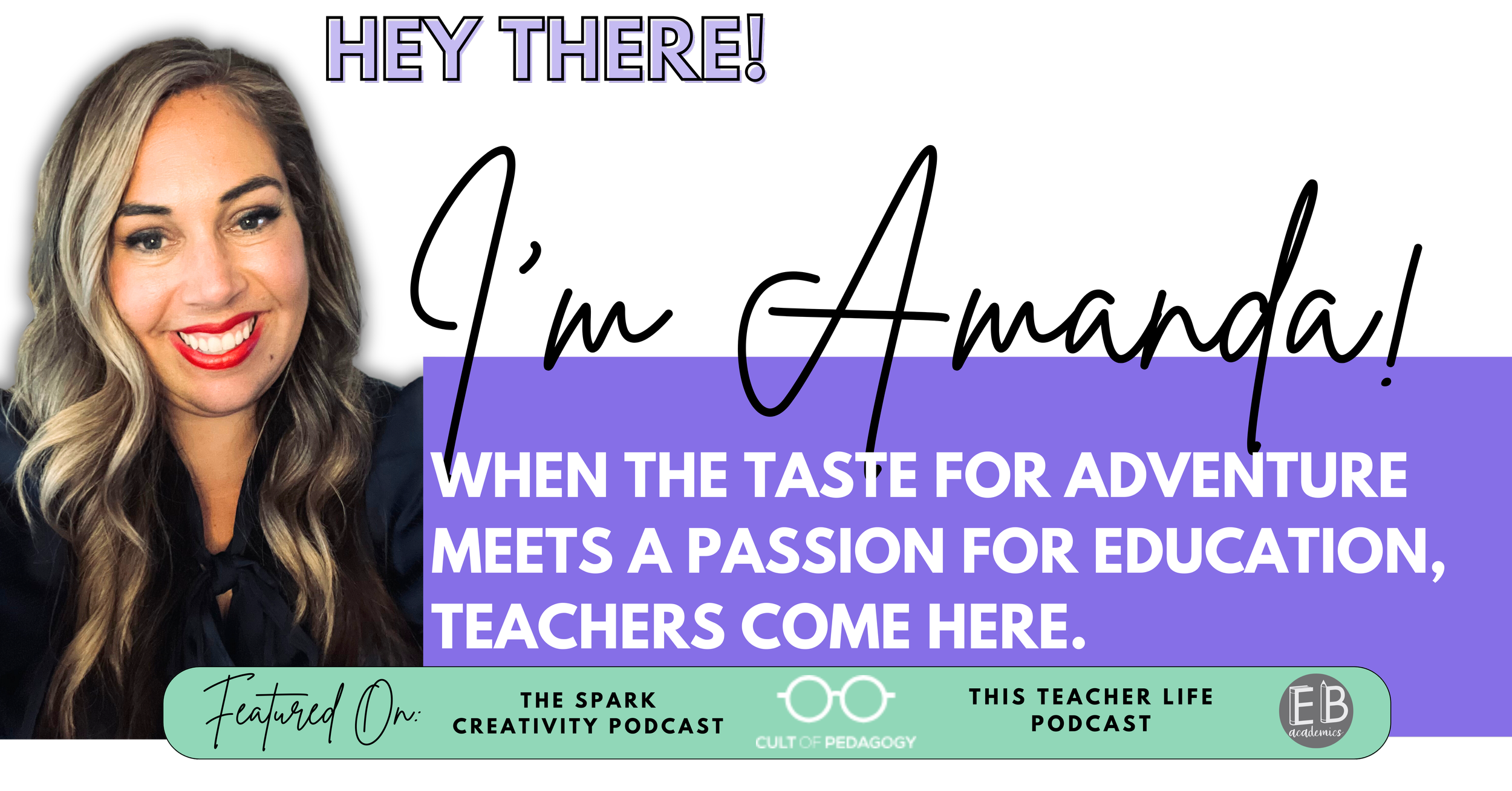



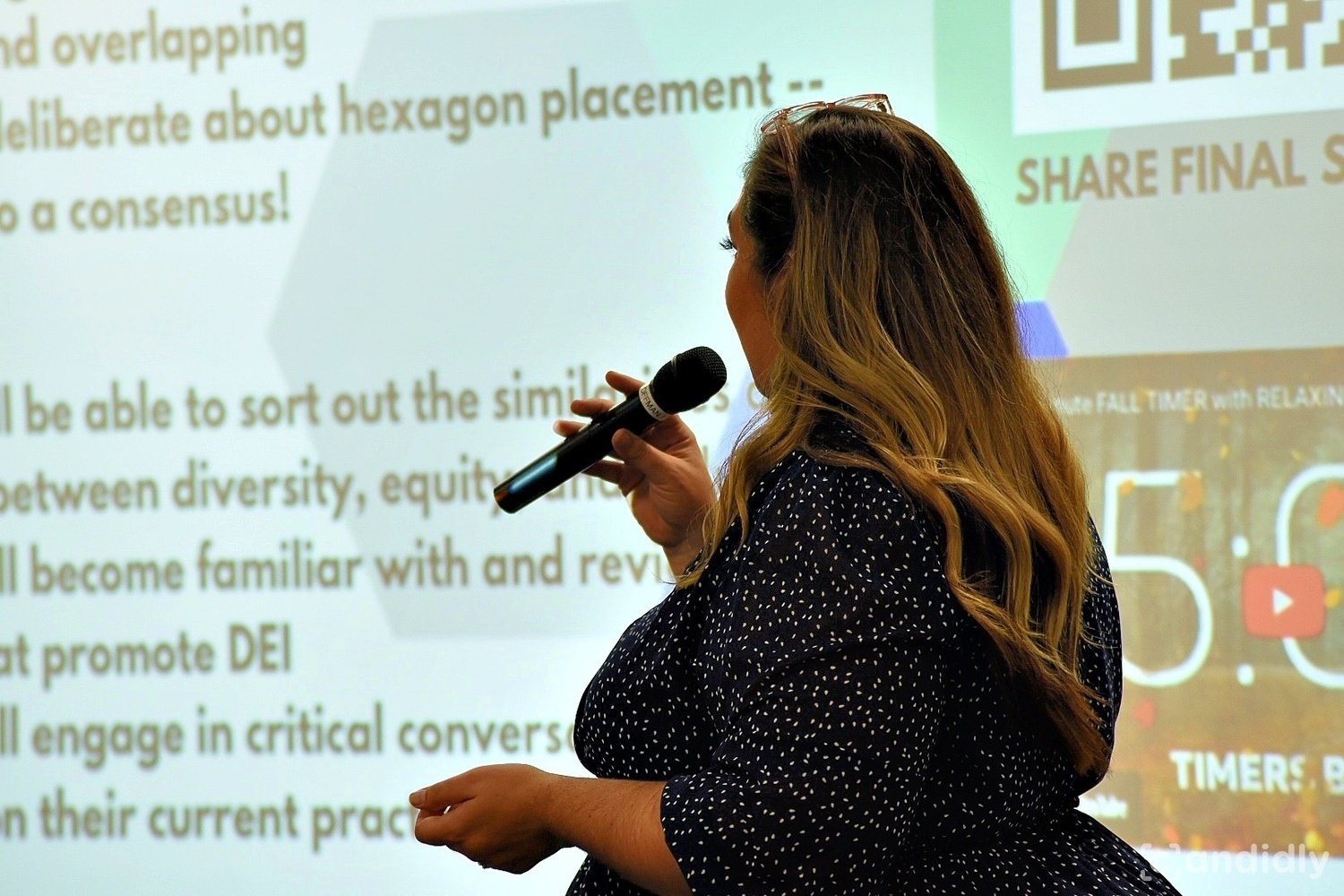

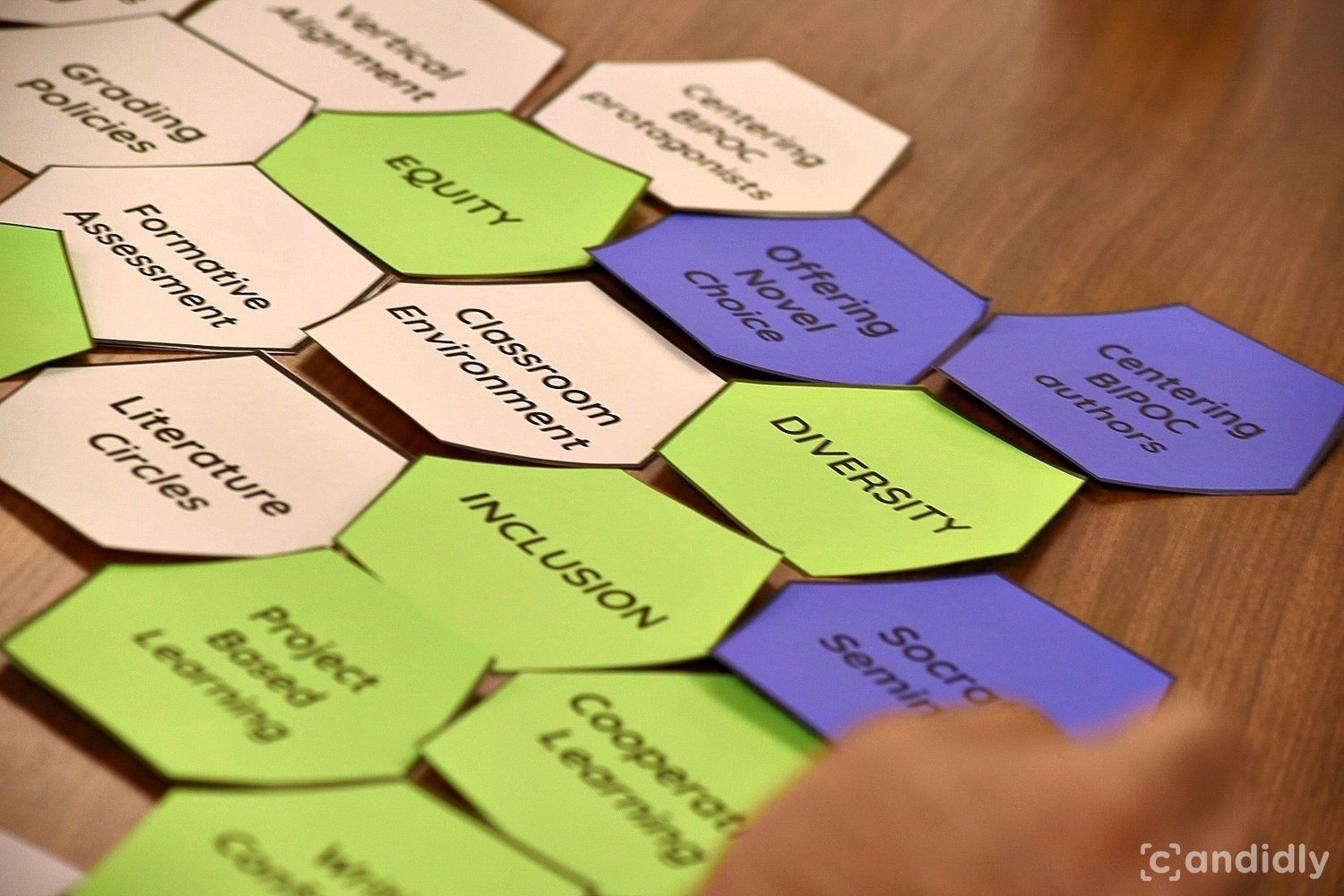







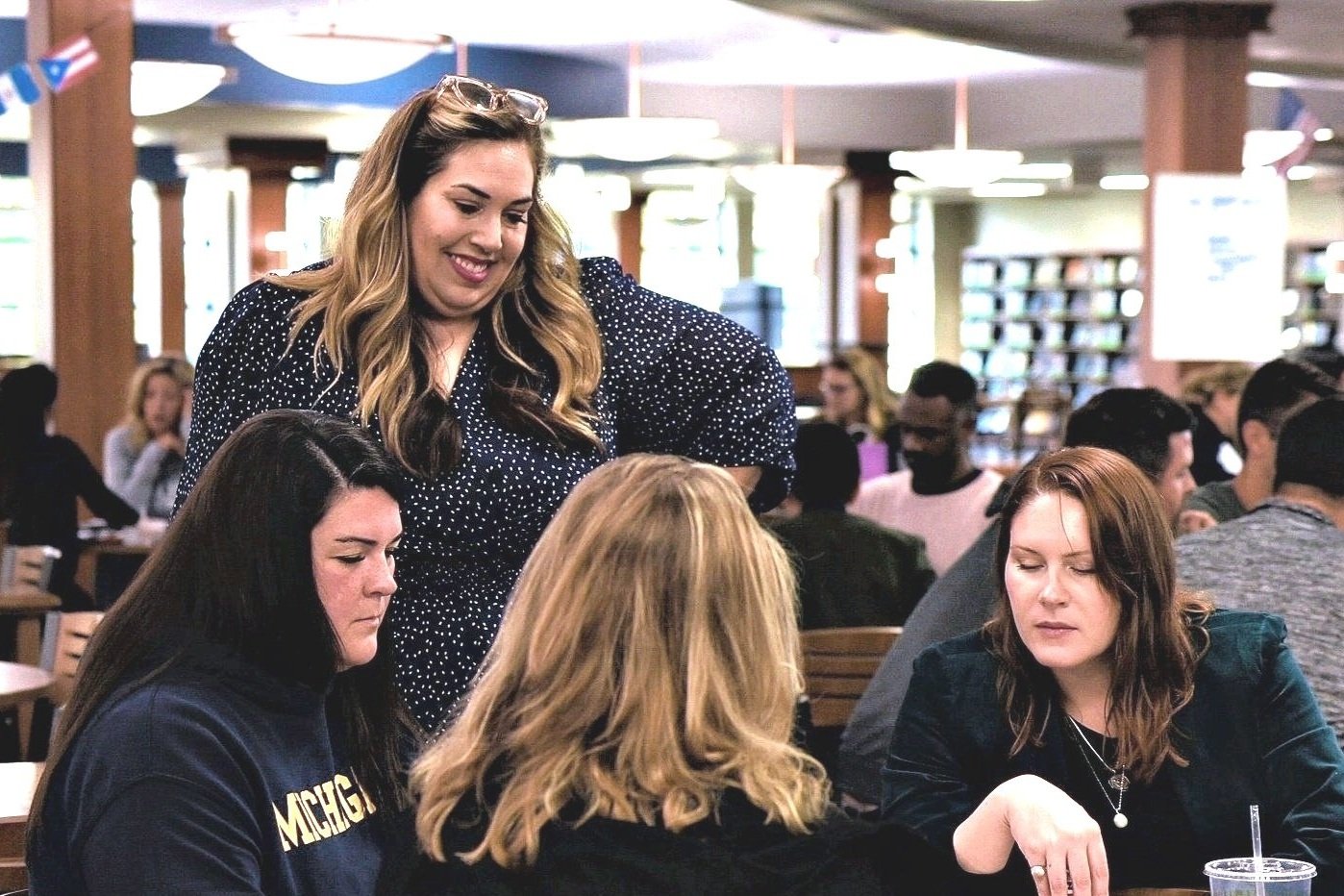

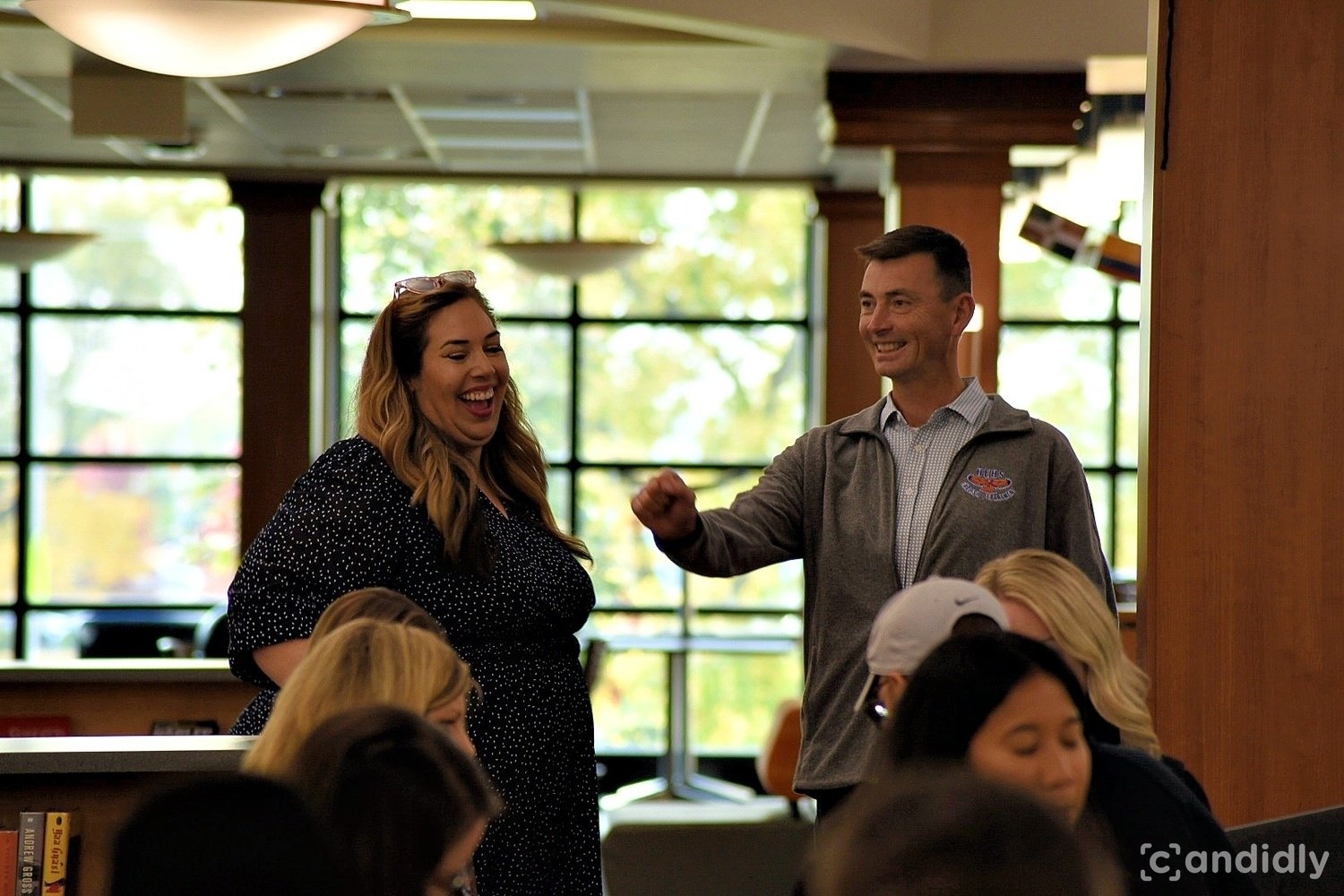

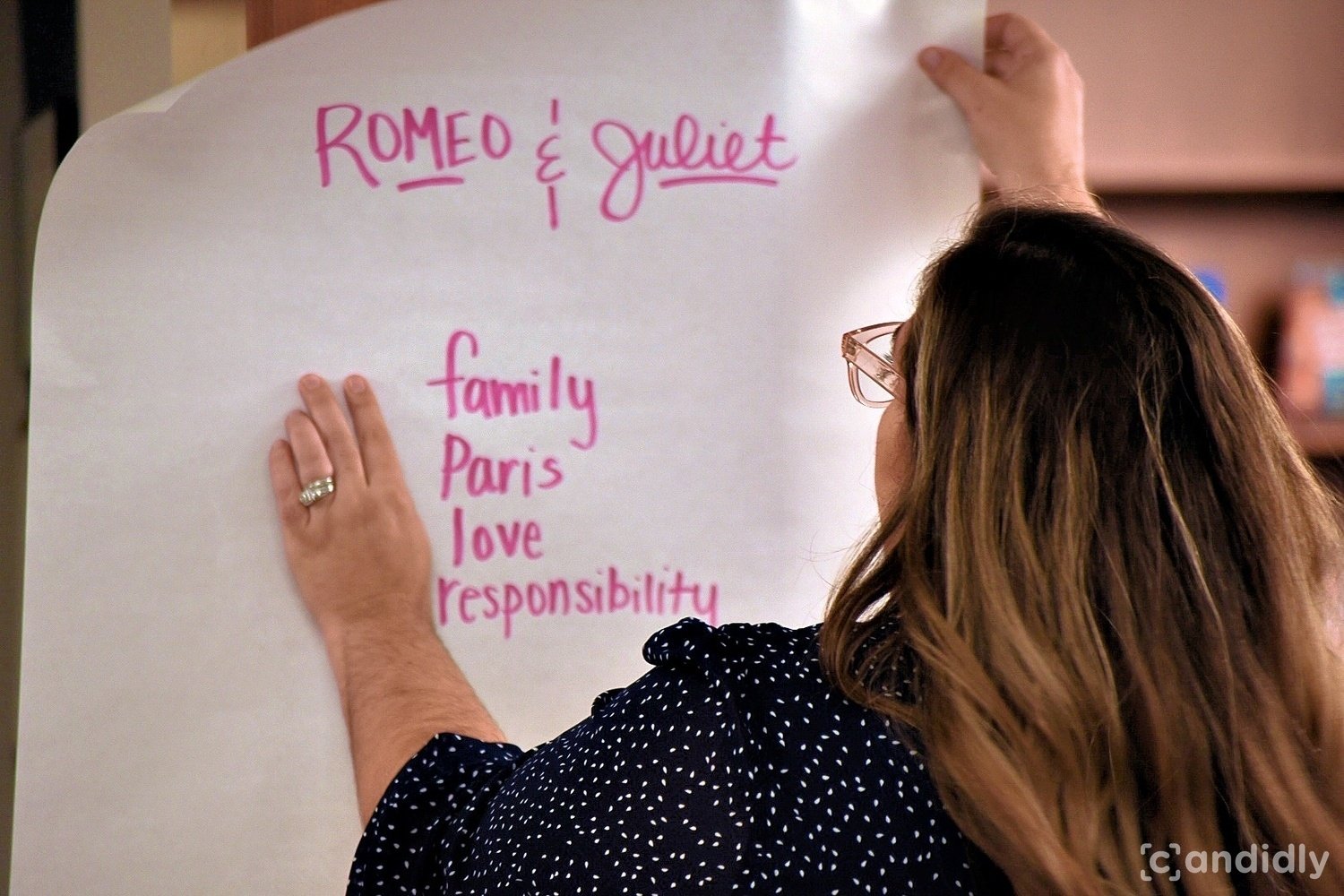


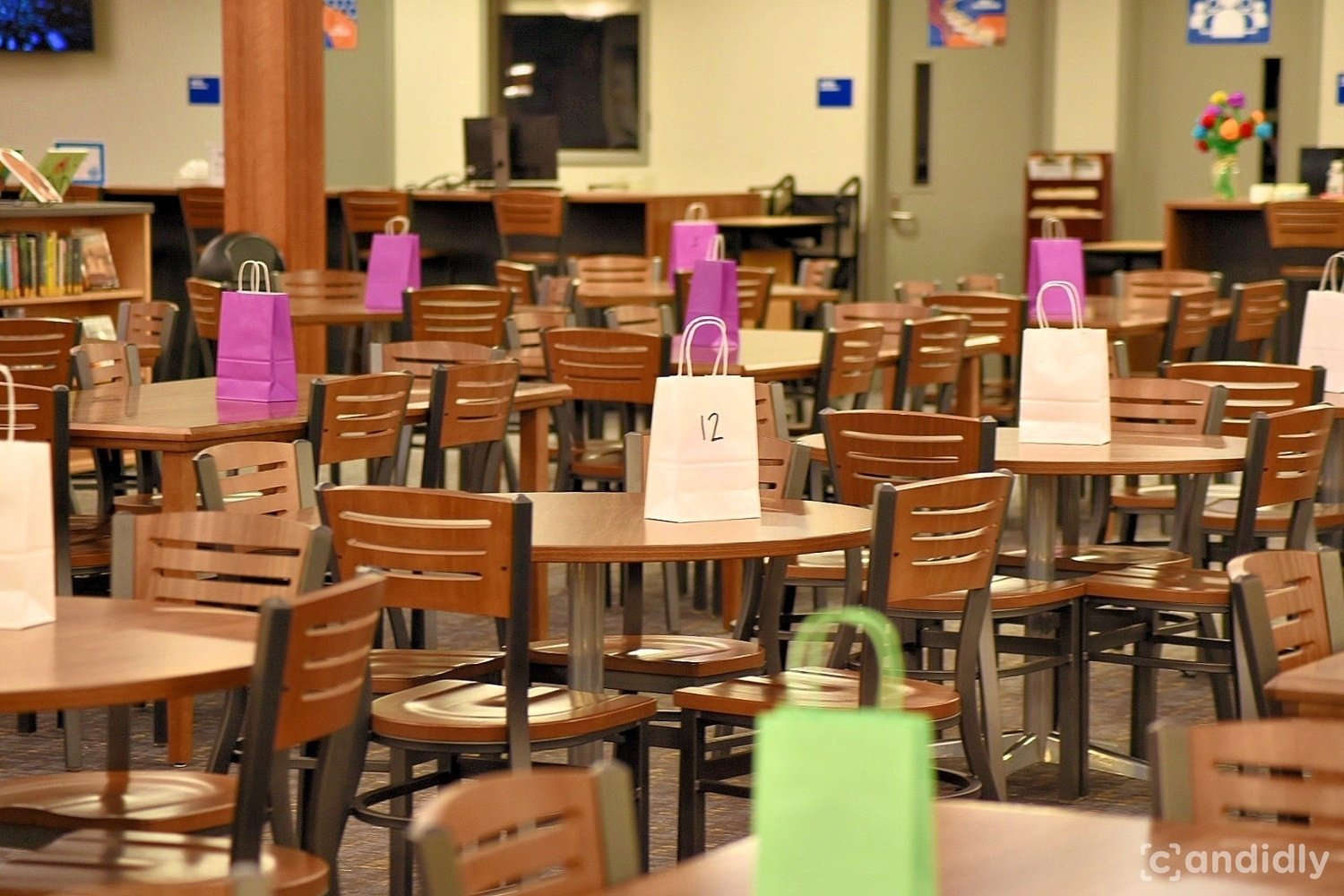
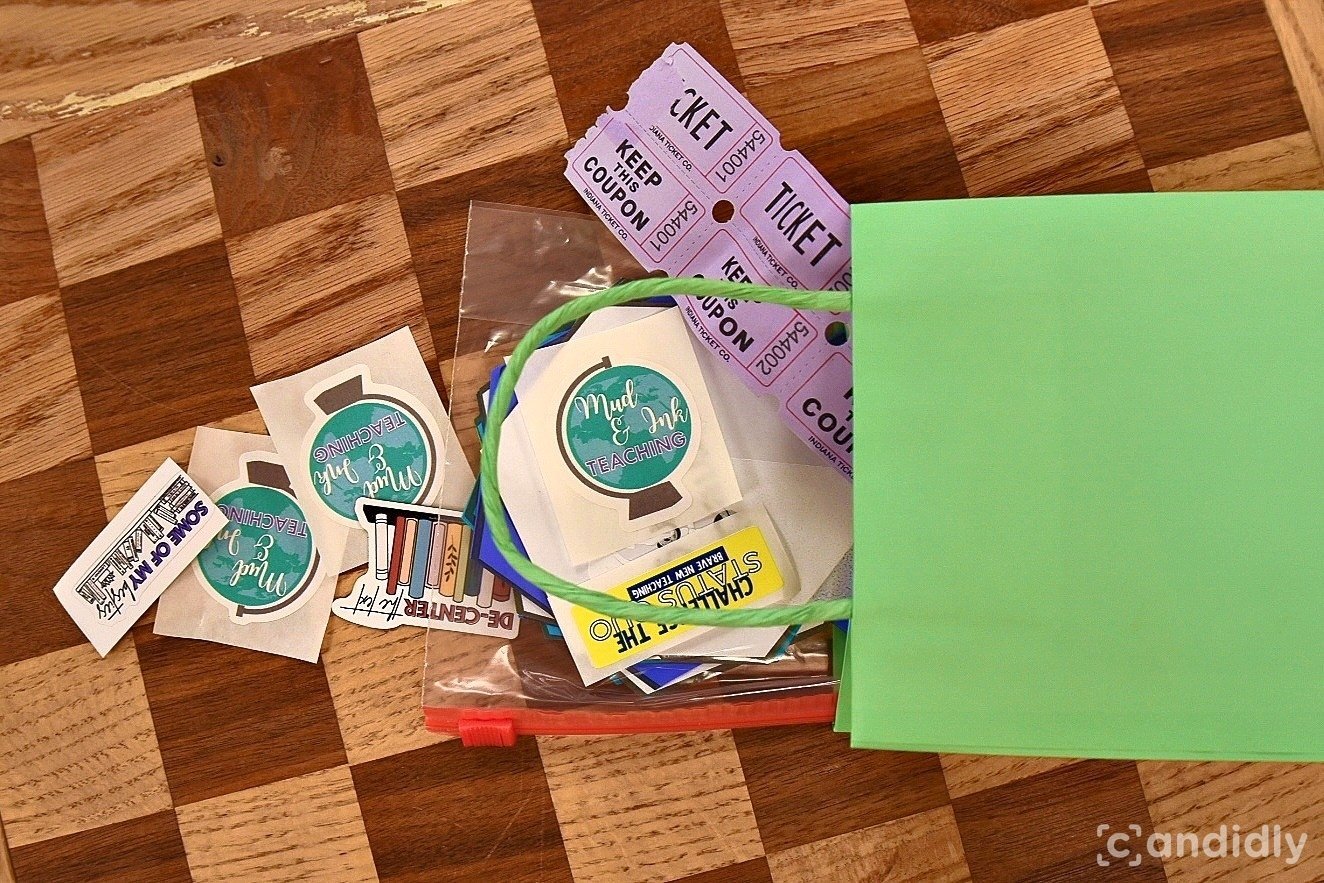



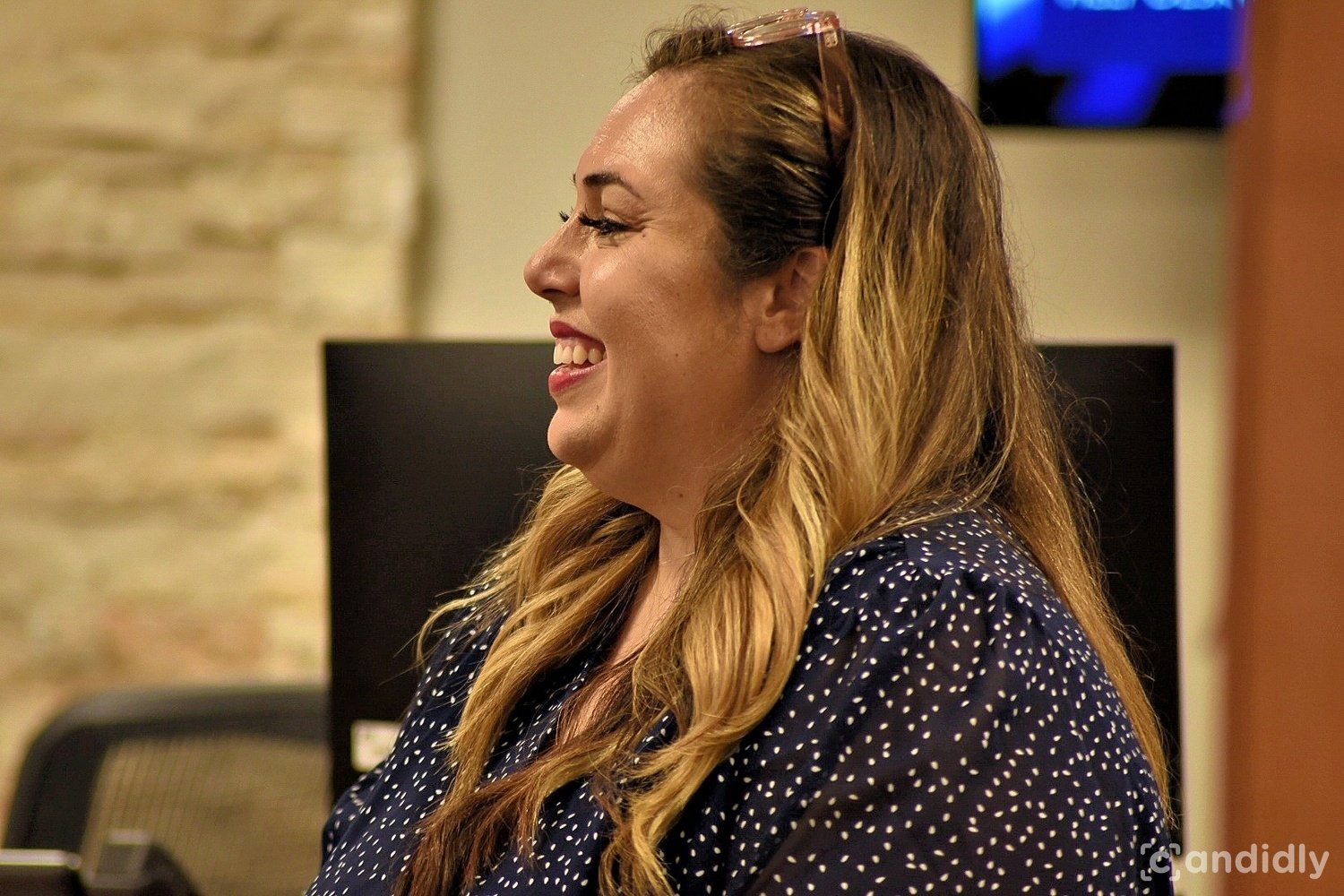















October is here, and with it comes the annual challenge for secondary ELA teachers: how do you bring seasonal fun into the classroom without derailing the curriculum map?
Your students are buzzing with Halloween energy, but you have standards to teach. You can’t afford to spend a week on a "fluff" activity, but you also don't want to be the only room in the school ignoring the holiday.
The solution? Don't stop your unit. Instead, plug in a high-interest, rigorous, seasonal activity that matches the exact skills you're already teaching. Here is a quick guide to easy, "spooky season" lessons that keep the critical thinking rolling.